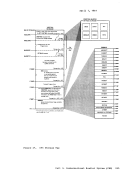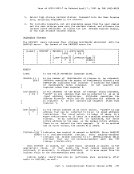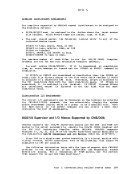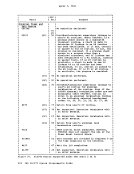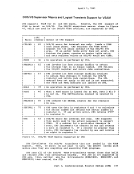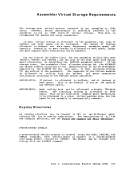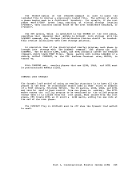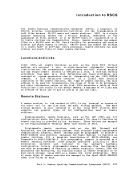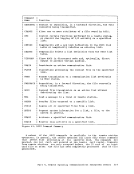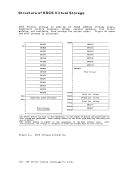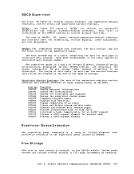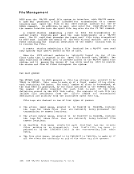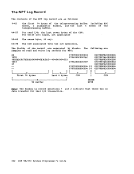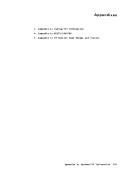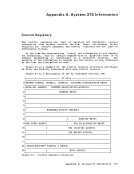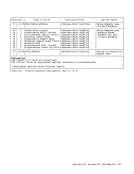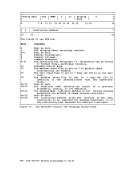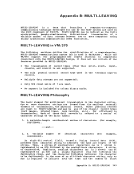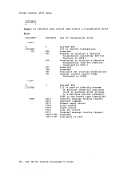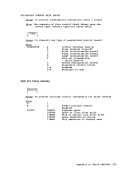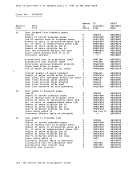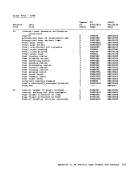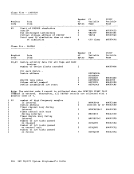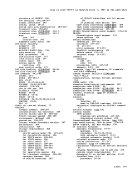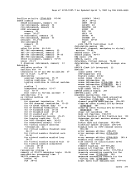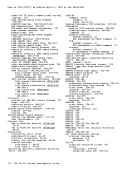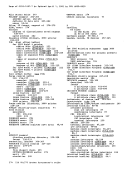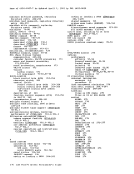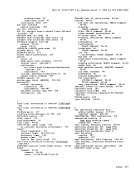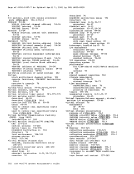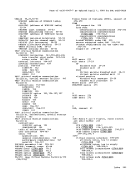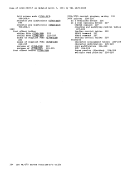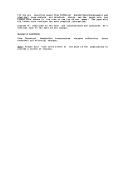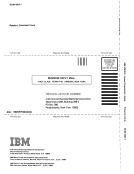set up as follows:
Rx --Rx must point to the character string in virtual storage that
contains the
string contains mUltiple
associated parameters must be separated from adjacent commands
by the value
specify, in bytes, the length of the CP commands and
parameters. The maximum allowable length is 132 characters.
on the same line as a LINK command, set the high-order bit to a value of
one
password suppression during system
acts as a no-operation
If the command response is to be returned in a buffer, Rx and Ry
cannot be consecutive registers nor can either be register 15. In
addition, the Rx+1 and Ry+1 registers must be setup as follows:
Rx+1 --Rx+1 must point to the buffer in virtual storage where
to
Ry+1 --Fy+1 must specify, in bytes, the length of the buffer. This
value must not exceed 8192.
If the command response is to be returned in a buffer, CP sets a
condition code and returns information as follows:
condition code
points to the buffer that contains the command
response. The Ry+1 register specifies the length
of the response.
condition code 1 --The request was unsuccessful. The response does
not fit into the buffer. The Ry+1 register
contains a value that specifies how many bytes of
the response would not fit into the buffer.
If an error is encountered while processing
The completion code is the hexadecimal representation of the numeric
portion of the error message. For example, if error message
representation of
command, processinq stops and
Following are two examples
command. In this example the
address (LRA) instruction must be
$howing how to specify
how a program-issues the
used to load the Rx register.

























































































































































































































































































